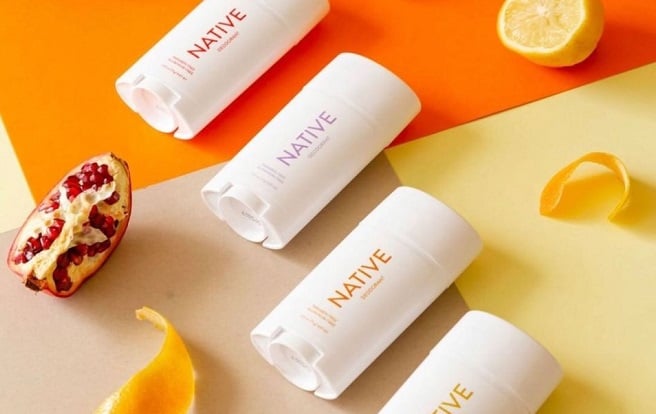Ecommerce case studies
Success stories and lessons learned about eCommerce strategy. How real businesses do data-driven marketing with ecommerce analytics, CRM, and email automation.
Best practices when selling coffee online
Online coffee shops are an extraordinary corner of ecommerce. We say it not only as coffee junkies but as marketers too.
It’s an incredibly hard product to market – it looks generic to the average consumer, and at the same time it’s hard to showcase online because its most distinctive features are taste and smell.
That’s why we’re so deeply interested in the strategies online direct-to-consumer coffee brands use to sell. Here are the best practices we uncovered and advice from seasoned coffee entrepreneurs.
How I increased my eCommerce revenue by €7,000+ in just 34 minutes [Case study]
Today I’m going to break down the strategy I used to generate €7,000+ for an ecommerce client with minimal effort.
The process
The process at our growth marketing agency is simple:
Data > Hypotheses > Experiments > Results > Action
I believe data is the starting point for driving online growth.
Awesome brands crushing it on Pinterest
Pinterest is often overlooked as just a place for lifestyle bloggers and wedding planners. But it can be a vital channel for brands looking to increase their brand awareness and connect to their ideal audience. And if you’re planning your big day, Pinterest can also be an excellent tool for inspiration, pair it with a wedding registry online to turn those ideas into reality.
One of the biggest attractions of the platform is that pinners are looking to discover and are open to new ideas and products. It’s the perfect place to visually tell your brand’s unique story and connect people to what they find inspiring. If you’re looking for innovative ways to build your inventory, consider the opportunity to invest in truckload furniture liquidation, which can offer great value and variety for your business while engaging potential customers with unique and inspiring offerings.
What better place to showcase your product than a platform people use to plan their purchases? According to Pinterest, 90% of weekly pinners use the platform to make purchase decisions.
How Direct-to-Consumer brands do content marketing differently
There’s no mistake. Direct-to-consumer (D2C or digitally native or online or vertical or niche) brands are taking over the ecommerce scene.
Born-online brands disrupt with not only their products but with their attitude as well and this is what sets them apart from giants like Amazon.
Content marketing is more important than ever. The D2C brands communicate directly with their customers, actively engaging on topics like supply chain transparency and ingredients that old-fashioned brands tend to avoid.
Content is evolving as the main medium of brand identity and value sharing.
Through content, the brands of the future are able to tell their stories and exchange ideas with the audience, educate, inspire and move the consumption away from brands that don’t do the same.
In this article, we look at creative use of content marketing for D2C brands. To learn more about modern and effective marketing techniques, check out this new Roofing Social Marketing agency.
Data-driven ecommerce marketing case study: cohorts and segmentation
Disclaimer: Unfortunately, the ecommerce sector is a really tough competitive market, so I could only write this case study by replacing the name of the company, product and numbers with something similar.
The Hiking Backpack ecommerce business (if a company with that name does exist, apologies, I am not thinking of them, this is just a fictional example) began to analyze their data. They were curious about:
- Who is the best target audience for them?
- What kind of product to offer to whom and when?
- Having answered these two questions, how can they reach the highest Revenue and higher Visitor-to-PremiumCustomer % in the long term?
How Native went from 0 to a $100 Million acquisition by P&G in 2.5 years
The Metrilo team was having a meeting about Black Friday and the madness we had to prepare for.
I got a message from a friend that made my heart skip a beat and the meeting went to hell.
The TechCrunch article was about one of our most engaged customers – Moiz Ali. He had just sold his company, Native, to Procter&Gamble for a $100M in cash.
I might’ve shouted fuck yeah in the office. I was wildly excited. I was damn proud.







